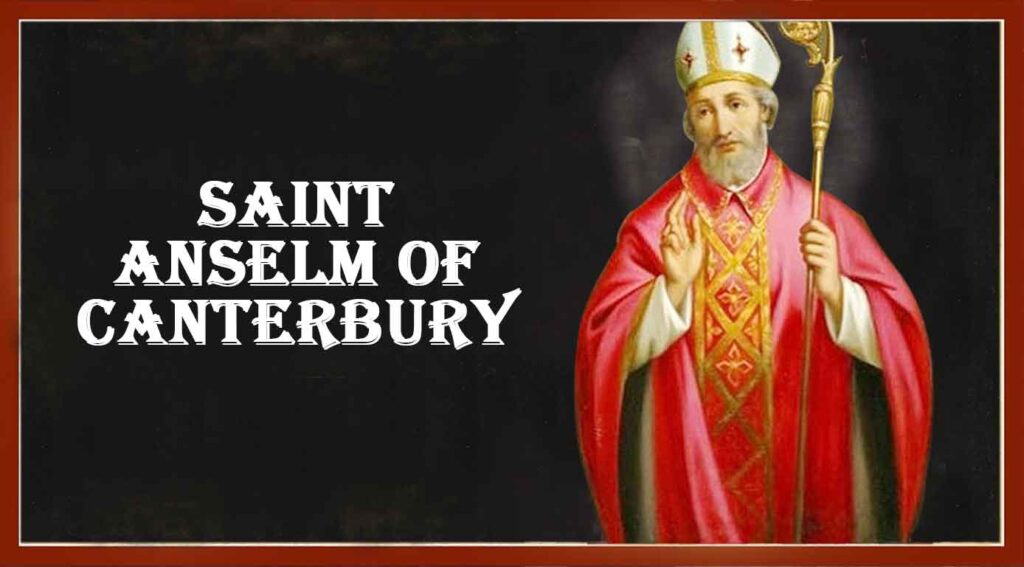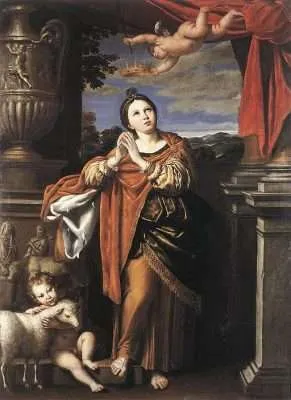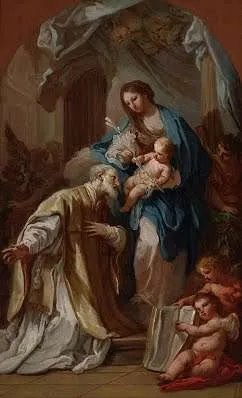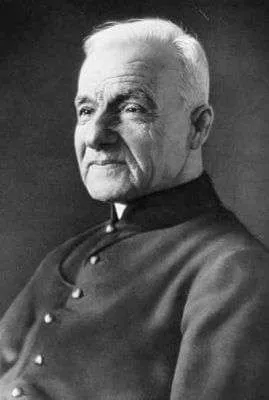c. 400–461; Pre-Congregation canonization; Declared a Doctor of the Church by Pope Benedict XIV in 1754
When Cardinal Ratzinger was elected pope, taking the name Benedict XVI, the first words he spoke from the balcony of Saint Peter’s Basilica referred to his predecessor, Pope John Paul II, whom he referred to as “the great pope.” Since then, many have referred to him as “John Paul the Great.” Prior to that, only three popes came to be universally called “the Great”—Saint Gregory the Great (590–604), Saint Nicholas the Great (858–867), and the pope we honor today, Saint Leo the Great (440–461), who was the first pope to receive that title.
Leo was born in Tuscany, within the Western Roman Empire, at a time when the empire was experiencing decline due to ongoing threats of barbarian invasions, internal administrative disputes, and a difficult economic situation. Leo considered himself a Roman, since he spent his early years in the city. While still young, he was ordained a deacon in Rome under Pope Celestine and served him and his successor, Pope Sixtus III, in this capacity from 430–439. Deacons in Rome served the Church in important ways—as organizers of charitable works, liturgical services, and diplomatic missions; as administrators; and often as papal advisors. Deacon Leo quickly became highly respected in Rome as a man of unmatched theological learning and pastoral wisdom, prudence, and courage.
In 439, a dispute broke out in the northern part of the Roman Empire between a Roman prefect named Albinus and a prominent Roman general named Aetius. Seeing the need for a resolution so as to avoid internal conflict and even war, the Western Roman emperor asked the pope to send Deacon Leo to broker peace. While on the diplomatic mission, Pope Sixtus III died and the Roman clergy quickly chose Deacon Leo as the new pontiff. Word was sent to him, and he returned to Rome, was ordained a bishop on September 29, 440, and took charge of the keys of Saint Peter.
As the newly elected pope, Pope Leo wasted no time. At the heart of his mission was unity in the true faith, under the Vicar of Christ. At that time, papal primacy was not as clear as it is today. Not all supported the idea that the pope was the universal pastor and teacher of the faith, holding universal authority.
One way Pope Leo taught about papal primacy was by exercising it. When he became aware of heresies, he exercised discipline. He discovered that some clerics in Aquileia were holding on to the heresy of Pelagianism and instructed the bishop that they could not be admitted to communion unless they fully and publicly renounced their error. In Rome, when he discovered a sect of Manichæism, he sought the members out, engaged them in public debate, burned their books with the support of the civil authorities, and did all he could to purge them from the Church. When he learned that the heresy of Priscillianism was growing in Spain, he wrote at length to the Spanish bishops, pointing out the heresy, and advising them on ways to root it out. In all of this, Pope Leo began to emerge as “the” pope, not just one spiritual father among many others. He saw himself as the Vicar of Christ and acted as the Vicar of Christ, helping to further solidify this teaching of papal primacy.
During the first few centuries of the Church, various problems and heresies emerged and were dealt with by local bishops, councils, and synods. In the fourth and fifth centuries, once Christianity was legalized and supported in the Roman Empire, four ecumenical (universal) councils took place that addressed the entire Church and clarified the universal teaching on various Christological beliefs, while also condemning heretical views. Nicea was the first of the ecumenical councils and took place in 325. The other councils were Constantinople (381), Ephesus (431), and Chalcedon (451). At each of these councils, the pope played a role, consenting with the decisions either in person or through papal legate. Such was the case with Pope Leo at the Council of Chalcedon.
The Council of Chalcedon was called by the Roman emperor in response to the Monophysite heresy, which taught that Christ had only a single nature that was either divine or a fusion of divine and human. Pope Leo exercised his authority over the Church by refusing to permit the council to move forward unless his papal legates presided over it. The emperor agreed. Of this council, Pope Benedict XVI said, “This Council, held in 451 and in which 350 Bishops took part, was the most important assembly ever to have been celebrated in the history of the Church.” He went on to explain that Chalcedon was the culmination and fulfillment of the previous three ecumenical councils, providing the Church with a definitive understanding of the nature of Christ, the Trinity, and the Mother of God.
Pope Leo sent a lengthy letter with his legates to the Council of Chalcedon, which was originally sent to the Archbishop of Constantinople, in which he articulated that Christ had two distinct natures coexisting in one person, not just one nature. His famous letter, referred to as the “Tome of Leo,” stated in part:
Without detriment, therefore, to the properties of either of the two natures and substances which are joined in the one person, majesty took on humility; strength, weakness; eternity, mortality; and, in order to pay off the debt which attached to our condition, inviolable nature was united with passible nature, so that, as suited the cure of our ills, one and the same Mediator between God and men, the Man Jesus Christ, could die with the one nature and not die with the other. Thus true God was born in the whole and perfect nature of true man; complete in what was His own, complete in what was ours.
Once the letter was read to all the gathered bishops, they jointly cried, “Peter has spoken through Leo!” A decree was then formulated, based on Pope Leo’s letter, that taught the orthodox position and declared the Monophysite position to be a heresy.
In 451, barbarians from the north arrived in northern Italy with the intention of conquering the Western Roman Empire. Before the invaders advanced to Rome, Pope Leo went out to meet them to broker peace. When he met up with their leader, Attila the Hun, legend has it that Saints Peter and Paul appeared behind the pope with swords and in a threatening position. The sight was so overwhelming to Attila that he and his army withdrew in fear for their lives.
Pope Leo’s final years in Rome were spent preaching and teaching. He left behind about 100 sermons and 150 letters, all of which present many clear teachings on Christ and the Church in a pastoral and convincing way. These letters and sermons have had a profound influence on later Catholic thought. Pope Leo also fostered personal devotions, fasting, and almsgiving. He enlivened the liturgy, helped the sick, built churches, and preached the Gospel to his people.
As we honor Saint Leo the Great, reflect upon the fact that this one man had an enormous impact on the life of the Church. Though he is widely unknown today, his impact is still felt by the faithful, given the direction in which he steered the Church during his papacy, and because of the influence his writings had on the ongoing formulation of Christian doctrine. Offer a prayer of gratitude to God for his life, and pray for the pope today and every pope to follow, that they will turn to Saint Leo the Great as an example for their own papal ministry.
Source: https://mycatholic.life/saints/saints-of-the-liturgical-year/november-10–st-leo-the-great/








